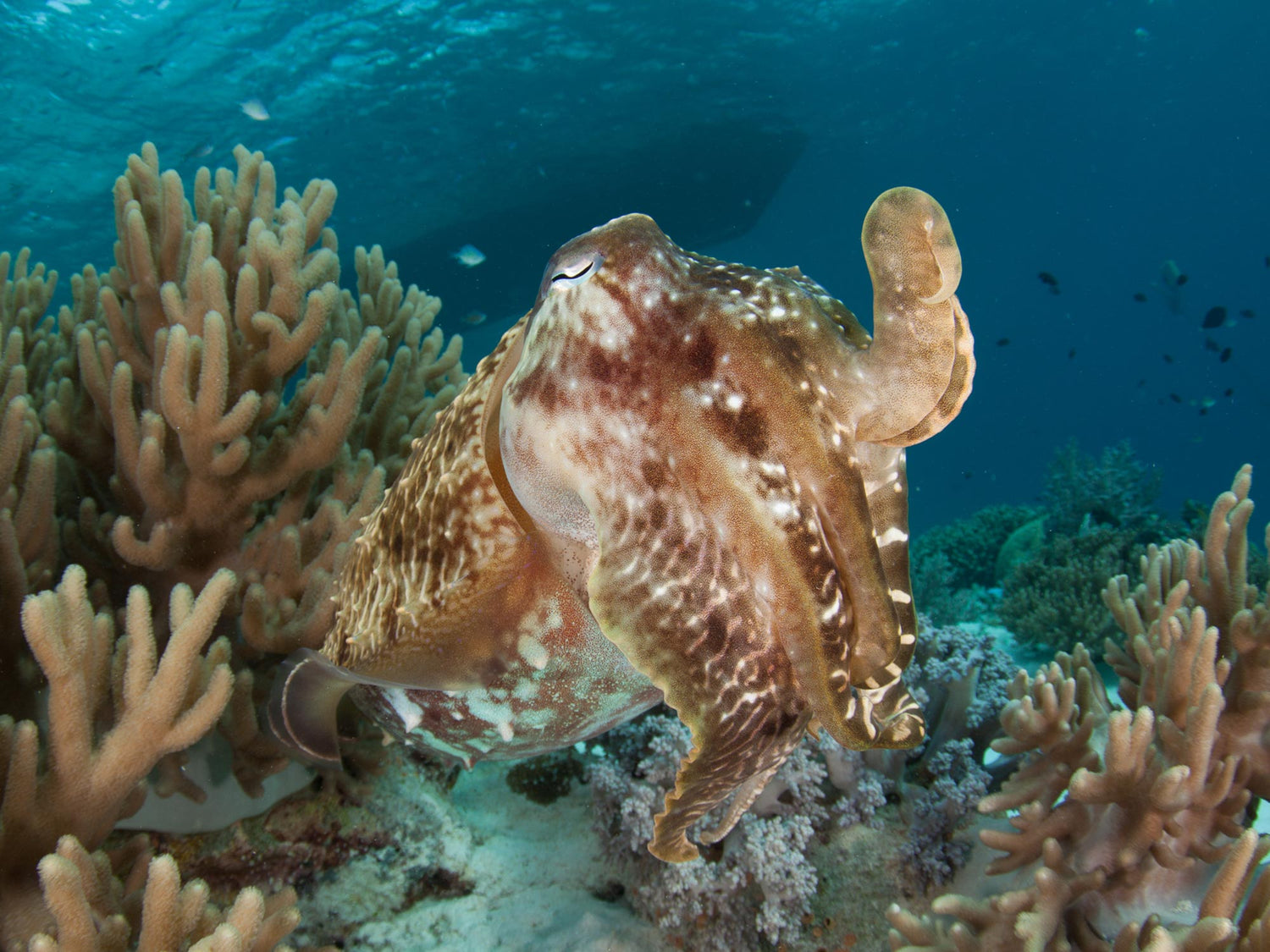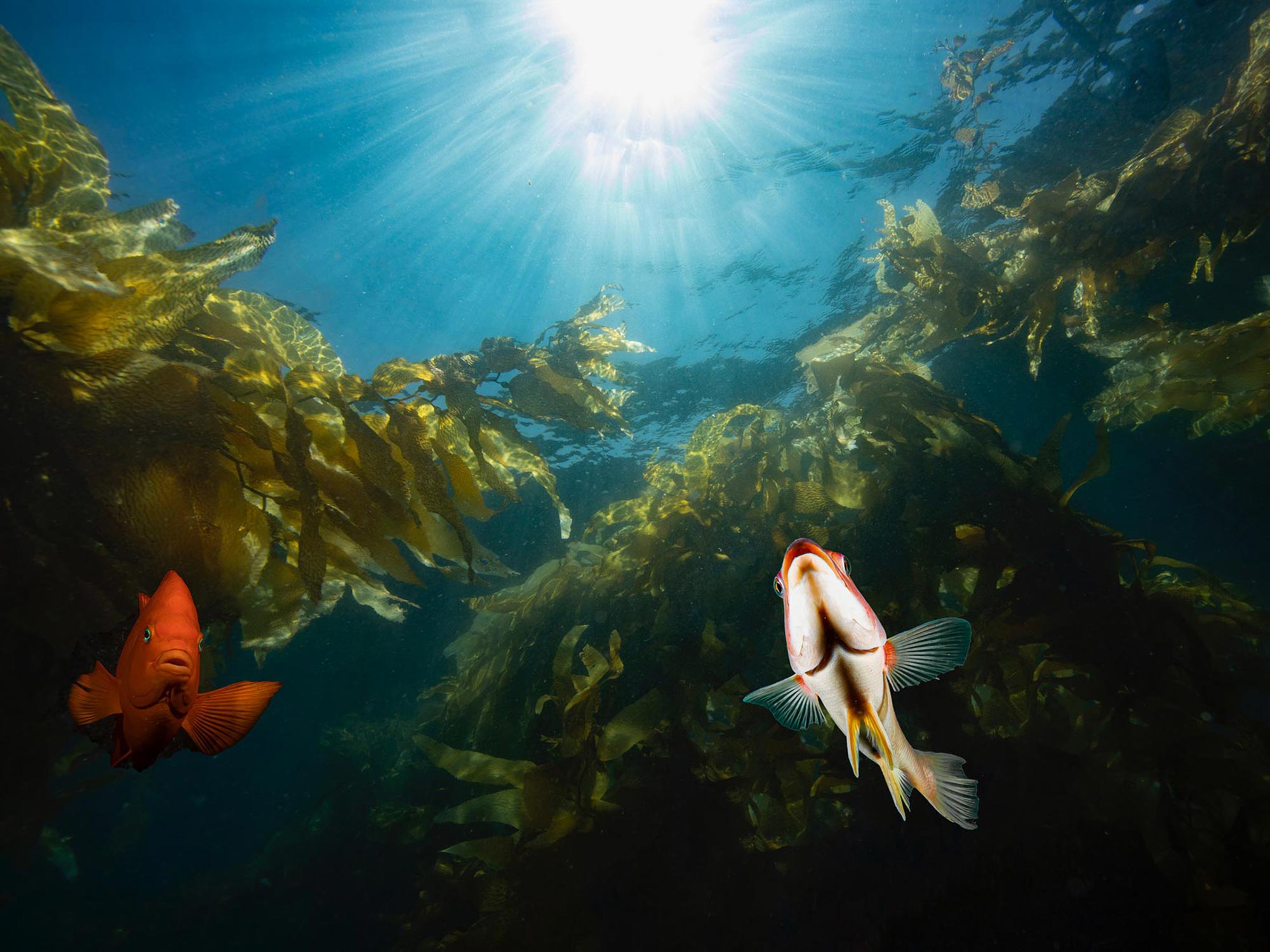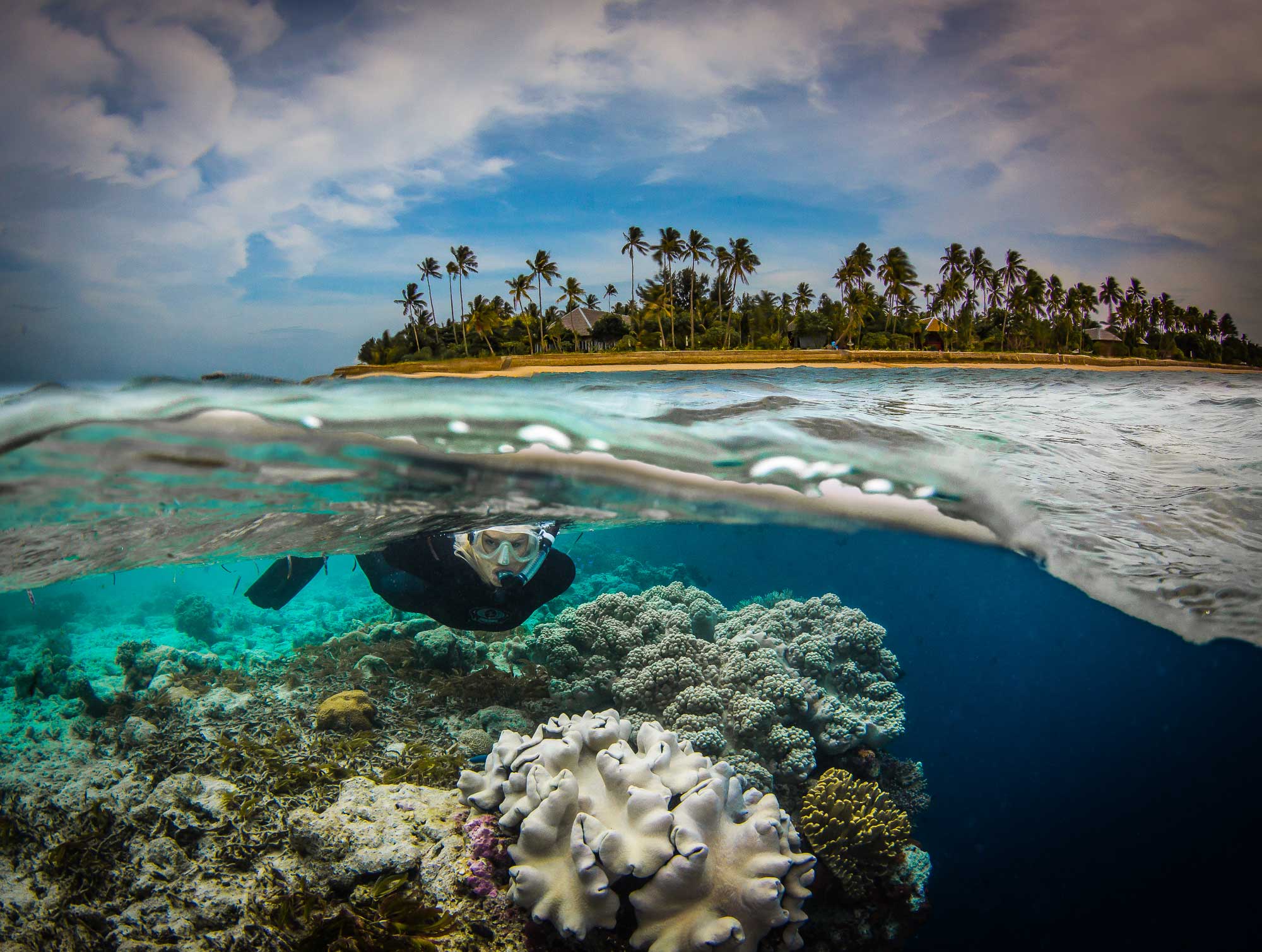Where
The family Sepiidae, which contains all cuttlefish, inhabits tropical and temperate ocean waters over much of the world, with the exception of the Americas. Photographers visiting the waters of Indonesia will be able to shoot several varieties of cuttlefish, ranging in size from an inch to almost a meter.

Cuttlefish have chromatophores, which are cells containing pigment that aid in the animals remarkable color changes and ability to camouflage so acutely. © 2022 Steve Miller
DSLR + Mirrorless
ISO: 200-400
Mode: Manual
Aperture: Variable through whole range, depending upon how dark or light you wish your background to be. Start with F-8 if you aren't sure, then change after previewing your image.
Shutter Speed: 1/125-1/160 flash synch.
Lens: 8mm to 100mm. Face shots and eyeball shots are beautiful, even a section of their skin can make nice image. But for the big ones it's nice to have a super wide lens, particularly fisheye.

The dynamic range of color and texture cuttlefish are capable of is impressive and makes for unique photographic opportunities. © 2022 Steve Miller
Point + Shoot
ISO: 100 to 200
Mode: Manual or Aperture Priority. If you are shooting natural light, Program will work as well.
Aperture: Full range depending on sun in your frame
Shutter Speed: 1/125 to 1/200
Lens: Full wide angle with or without a wide angle wet lens
Technique
Cuttlefish are masters of camouflage, and one of the smartest things in the ocean. They have the ability not only to change color and texture within a second, but they can actually use their skin to polarize light. These colors will best be served by lighting the cuttlefish up with two strobes. Possessing very sensitive eyes, they will not react as well to constant on (video) high intensity lights.
Approach them slowly and you may find you have a very cooperative subject. This is often because they have eggs near by that you don't see. Your goal should be to complete your shoot and have the cuttlefish still in place where you found her, this is not difficult if you take your time approaching. Aim for an upward camera angle with a wide lens in very close.

Sharing subjects can work fine if you are both careful not to disturb the cuttlefish. © 2022 Steve Miller
Strobes
Position your strobe(s) far away from the lens, just behind the focal plane and angled forward to reduce backscatter. If you are shooting TTL, and the lens is opened up for a natural light exposure (read the water column with your light meter) then the flash will be very soft, and not alarm the cuttlefish. If you are shooting very close, make sure that your strobes converge on the animal, by pointing them in towards the dome.
 A cuttlefish and his garden. © 2022 Steve Miller
A cuttlefish and his garden. © 2022 Steve Miller
Additional Reading
Why You Need Strobes Underwater
Creature Feature: the Flashing Disco Clam
Customer Photos | Mike Jones Keen Citizen Scientist
An Insiders Guide to Diving Wakatobi Resort Indonesia
Shooting the Colorful and Camouflaged Flathead Crocodilefish
What I Wish I Knew When I Started in Underwater Photography [VIDEO]













